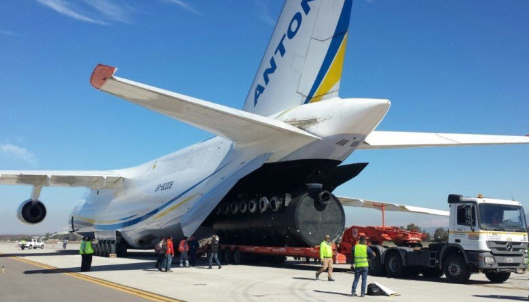Volatility and Growth Expected in $2.5 Trillion Air and Road Freight Markets

Demand is surging alongside steady increase in GDP and retail sales, but trade tensions and rising input costs will prove challenging for supplier capacity
The global air and road freight markets are currently growing at compound annual growth rates (CAGR) of 3-5 percent and 4-5 percent, respectively, according to Beroe Inc., a leading global procurement intelligence firm. With the increase in e-commerce and global trade, APAC and parts of Africa are expected to be the future growth-driving markets for road freight service, but the impact of Brexit and US-China trade sanctions, as well as surging fuel and labor costs, means that market volatility is expected over the next several years.
“Shipping demand is increasing worldwide as global GDP continues its solid growth trajectory,” said Harish Soundararajan, Research Manager, Indirect Services at Beroe Inc. “We expect to see a dramatic expansion of the air and road freight markets over the next few years, particularly in Asia and Africa. With retail e-commerce growing at 14-15 percent every year, we’ll also see new demand for logistics in this market, and digital innovation will be more important than ever for air and road freight suppliers looking for a competitive edge.”
With retail sales projected to increase by 5-6 percent in 2019, freight transport volume and demand will experience rapid growth. The Asia-Pacific region and parts of Africa are expected to be the future growth-driving markets for road freight, while the air freight market in the Middle East and Africa is currently growing at a rate of 17-18 percent and thus due for considerable growth in the coming years.
Air and road freight suppliers face several challenges in meeting this surging demand, however, with the costs of labor and fuel rising steadily and diplomatic tensions between the US and China having a ripple effect on global trade volume. In the road freight industry, fuel prices are already a major constraint representing 30-35 percent of suppliers’ input costs, and new taxes on gas and diesel in the EU and Asia will continue to reduce supplier capacity. Air freight shippers can also expect higher volatility in fuel surcharge and freight rates in the near future due to a 30 percent increase in the first half of 2018 in jet fuel prices, while labor costs are increasing 5-6 percent annually.
“Ultimately, fuel prices and the global trade climate will make or break the potential growth in these markets,” added Valekumar Krishnan (Vice President – Beroe Inc.). “We are already seeing demand growth outpace capacity growth due to US-China trade sanctions, forcing shippers in China to deliver shipments to Europe to fulfil their volume commitments. Further taking into account the new fuel taxes being levied by several governments in response to climate change, it will be a volatile few years for the air and road freight markets.”
Major trends to watch with air and road freight include the fallout from Brexit as trade volume increases between the EU and emerging economies, the introduction of digital identifiers for accurate tracking of shipments, and the looming threat of railway freight, particularly in light of surging fuel costs. Trans-Pacific eastbound and westbound air freight routes are projected to be particularly volatile in the next few years and could face inflation of nearly 5 percent.
Category: Featured, General Update, News










